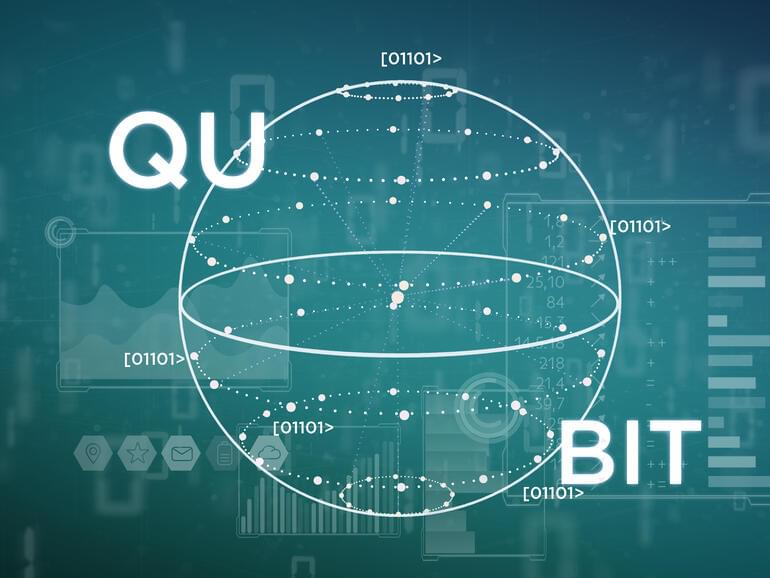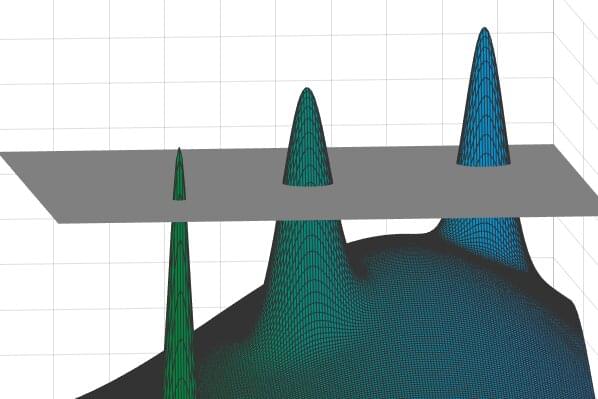The more a technology or concept permeates and gets normalized in our day-to-day lives, the more we grow to expect from it. About two decades ago, a sub-56kpbs dial-up internet connection seemed miraculous. Today, with internet speeds as high as 2000Mbps becoming normal, the 56Kbps connection would be considered a failure of sorts—in the developed world, at least. This shift in expectation also applies to AI. Having seen numerous practical AI applications aid human convenience and progress, both the general population and the AI research community now expects every new breakthrough in the field to be more earth-shattering than the previous one. Similarly, what qualifies as AI failure has also seen a massive shift in recent years, especially from a problem owner’s perspective. failure, in most cases, is attributed to technology-centric factors like the quality of data or the capabilities of algorithms and hardware used, ignoring the most crucial aspect of AI success—the end user.









